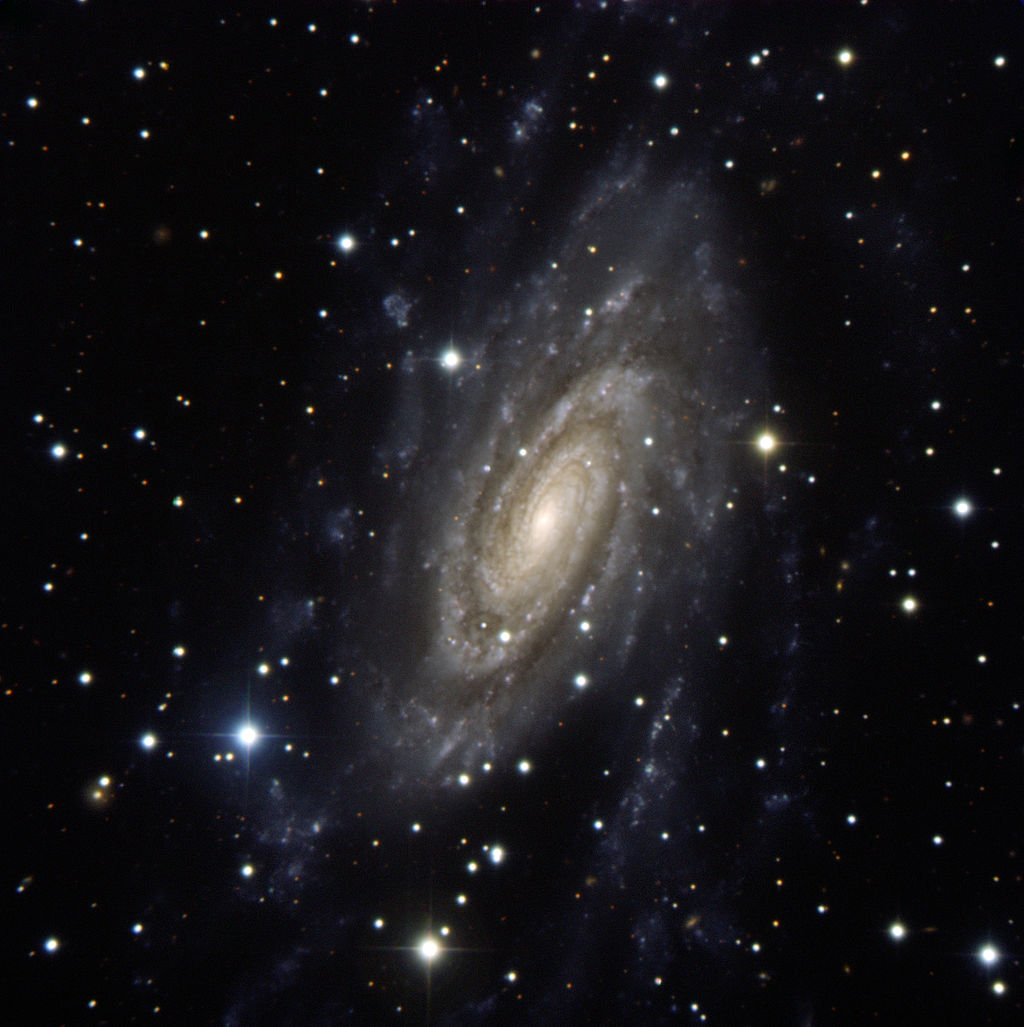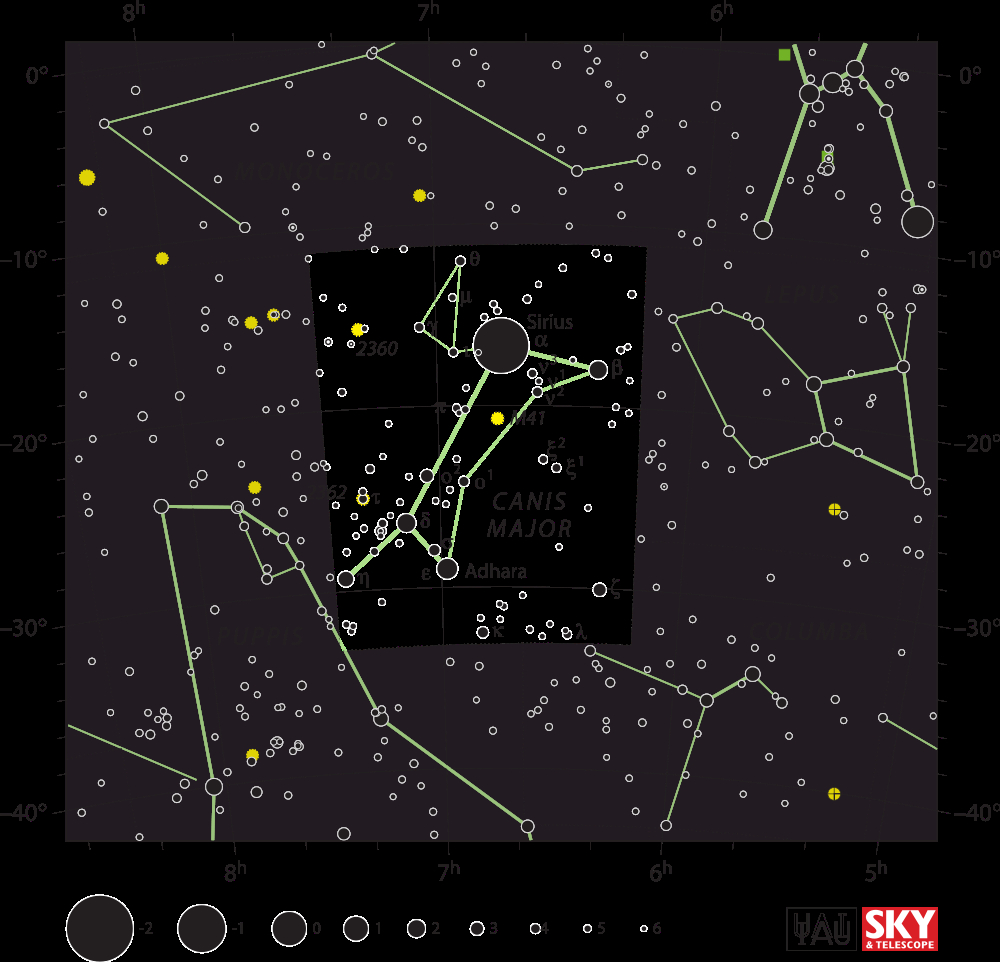
By IAU and Sky & Telescope magazine (Roger Sinnott & Rick Fienberg) [CC-BY-3.0], via Wikimedia Commons
"The Great Dog"

By IAU and Sky & Telescope magazine (Roger Sinnott & Rick Fienberg) [CC-BY-3.0], via Wikimedia Commons
Abbreviation: CMa
Genitive: Canis Majoris
Constellation family: Orion
Nearest constellations: Columba, Lepus, Monoceros,
and Puppis
Right ascension: 6.86h
Declination: -21.98°
Visible between latitudes: +60° and -90°
Square degrees: 380
Luminary: Sirius (Alpha Canis Majoris)
Named stars: Sirius, Mirzam, Mulipein, Aludra, Wezen, Adhara, Furud
Notable deep sky objects: M41, NGC 2362
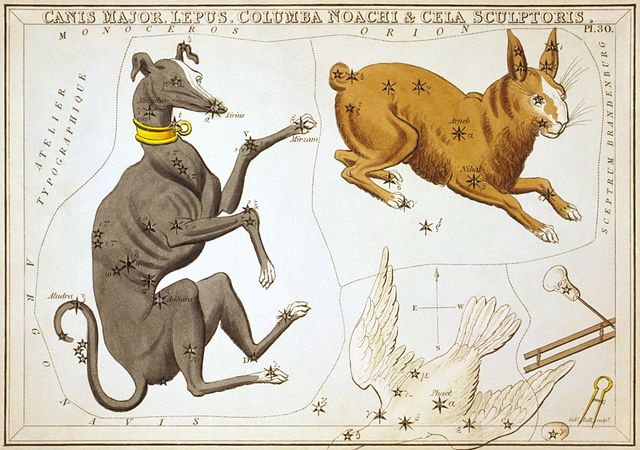
Sidney Hall [Public domain], via Wikimedia Commons
Canis Major is a constellation in the Southern Hemisphere that is best viewed in February.
Canis Major's luminary, Sirius, is the brightest star in the entire night sky and also one of the brightest objects, as only the Moon, Mars, Venus, and Jupiter shine brighter. Sometimes referred to as the Dog Star, Sirius marks a corner of the Winter Triangle, which is a near-equilateral triangle formed by Sirius, Betelgeuse from Orion, and Procyon from Canis Minor.
Sirius is also part of the Winter Hexagon or Winter Circle, a collection of six stars that consists of Rigel (from Orion), Aldebaran (from Taurus), Capella (from Auriga), Pollux (from Gemini), and Procyon.
In Greek mythology, Canis Major and Canis Minor are Orion's hunting dogs.
Winter Triangle (including Betelgeuse and Procyon):
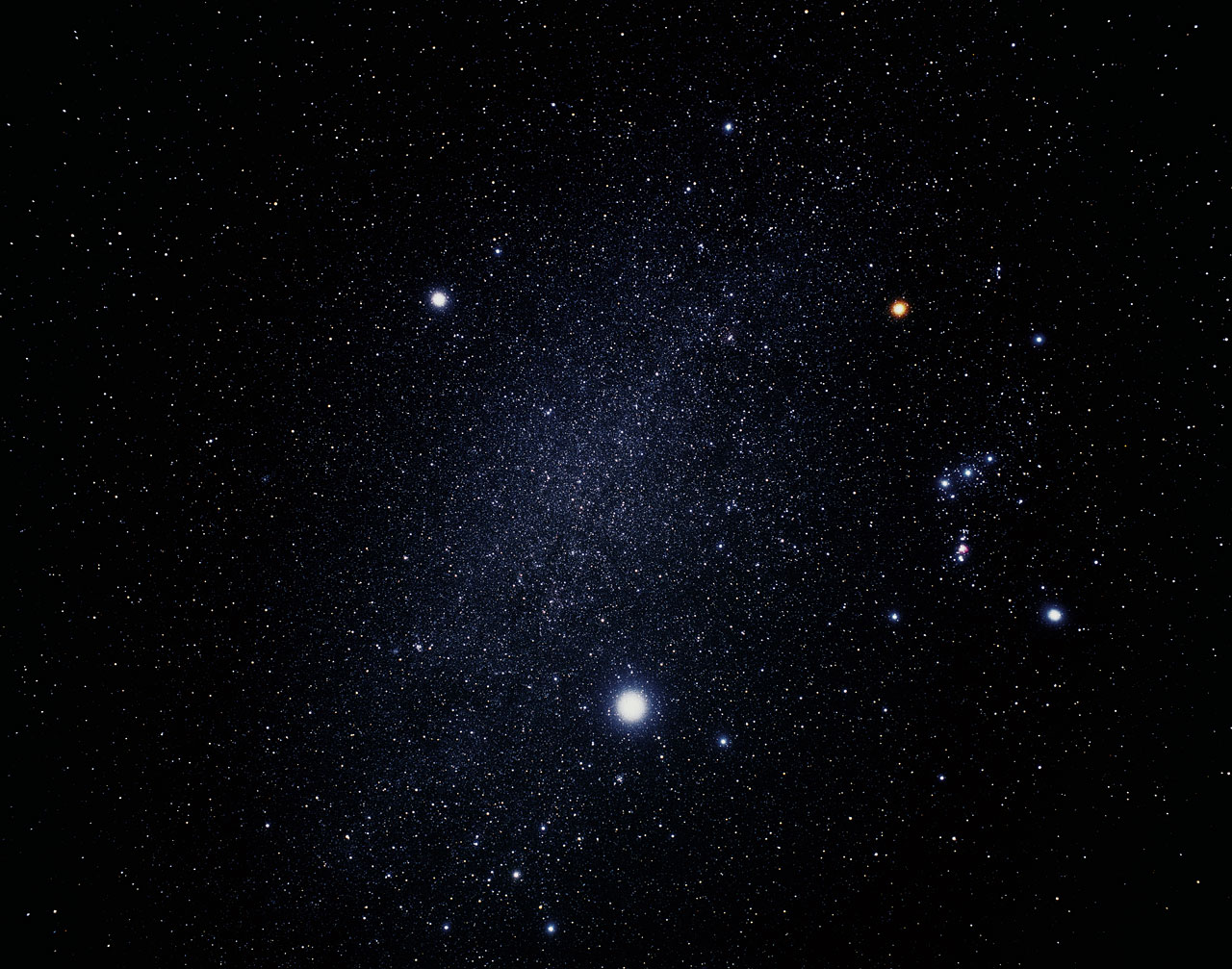
By Akira Fujii [CC-BY-3.0], via ESA/Hubble
NGC 2359 (Thor's Helmet Nebula):
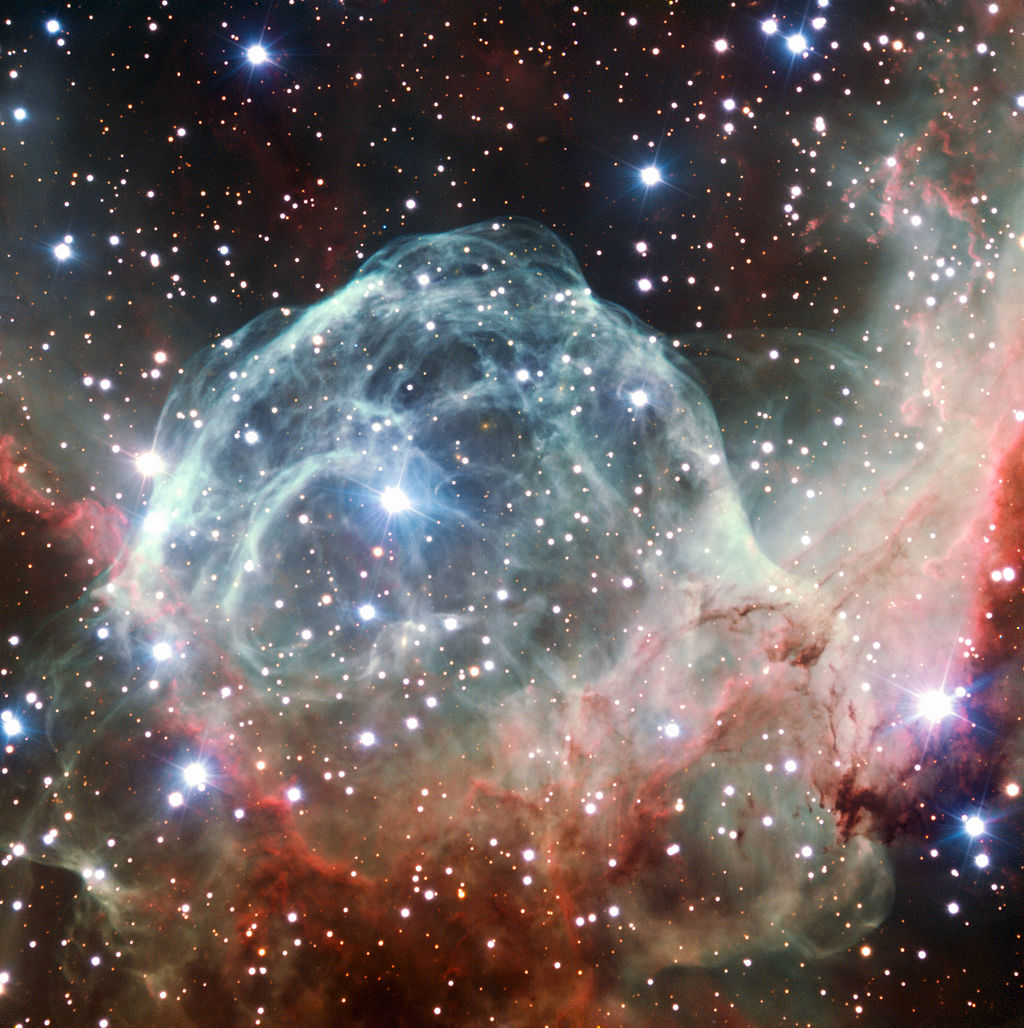
NGC 2207 and IC 2163 (colliding spiral galaxies):
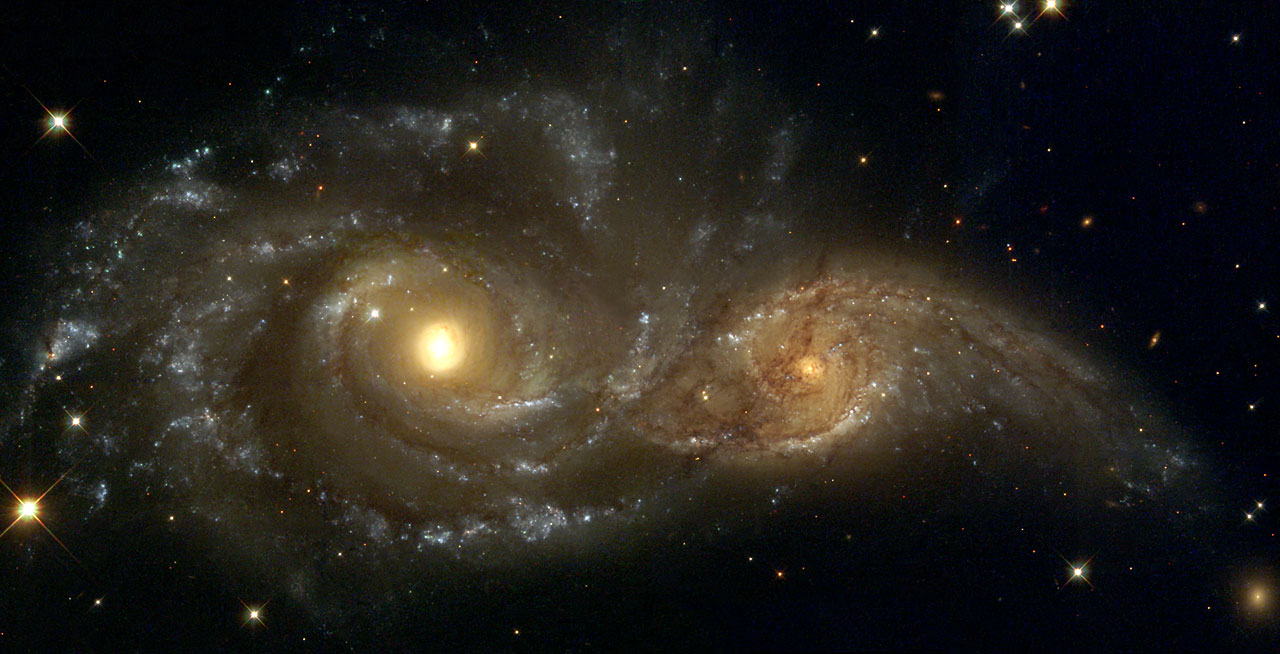
By NASA/ESA and The Hubble Heritage Team (STScI) [CC-BY-3.0], via ESA/Hubble
NGC 2280 (spiral galaxies):
